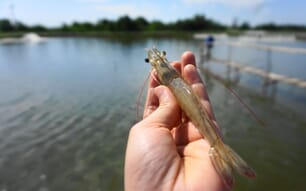In a letter newly published in the journal Science, Mr Moore and First Nations leaders and fisheries biologists from throughout the Skeena watershed refer to the new data, which is on the Moore Lab website.
Moore is a Faculty of Science and a Faculty of Environment professor of ecology and conservation of freshwaters and the Liber Ero Chair of Coastal Science and Management. He has been researching salmon in the Skeena River estuary for three years. PLOS ONE published a previous study.
"Salmon migrate thousands of kilometers during their life," says the letter.
"We have shown that the proposed development area supports particularly high abundances of juvenile salmon from more than 40 populations that are harvested in at least 10 First Nations territories throughout the Skeena watershed and beyond.
"This is twice the number of First Nations groups that industry proponents identified as needing to be consulted.
"Science, can, and should inform the scale of environmental decision-making."
The letter calls for effective environmental decision-making to balance risks to environment and culture, as well as the economy.
The Skeena River is the second-largest salmon-producer in Canada.




